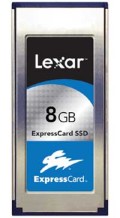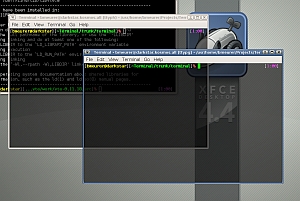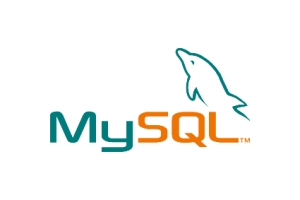- Locate the “neo-security.xml” file in the \lib\ subdirectory of your ColdFusion install
- Find the following line in the file
<var name=’admin.security.enabled’><boolean value=’true’/></var>
and change it to
<var name=’admin.security.enabled’><boolean value=’false’/></var>
- Restart the ColdFusion Application Server service.
- Now you can log straight into the admin interface without being prompted for a password.
- Go to the change password screen for the admin interface and then set a new password. DO NOT CHECK THE BOX near the top labeled something like “Use password”. Just press the submit button after specifying a password.
- Now reedit the “neo-security.xml” file and change the variable back to “true”.
- Then restart the Coldfusion Application Server services again to put the changes into effect.
- You should not be able to log into the admin interface with the new password that you set.



